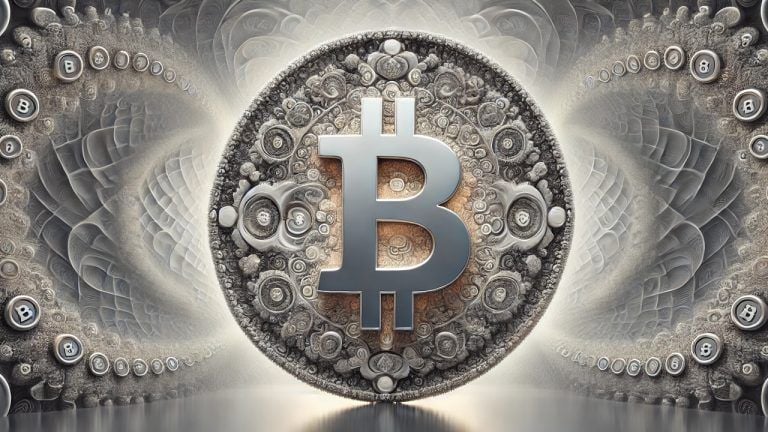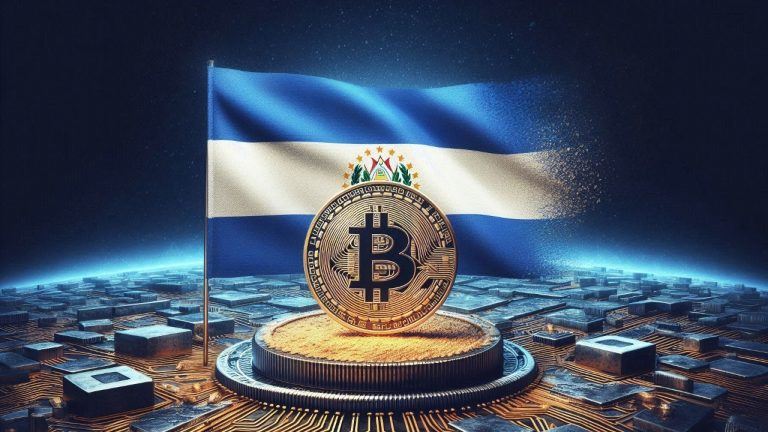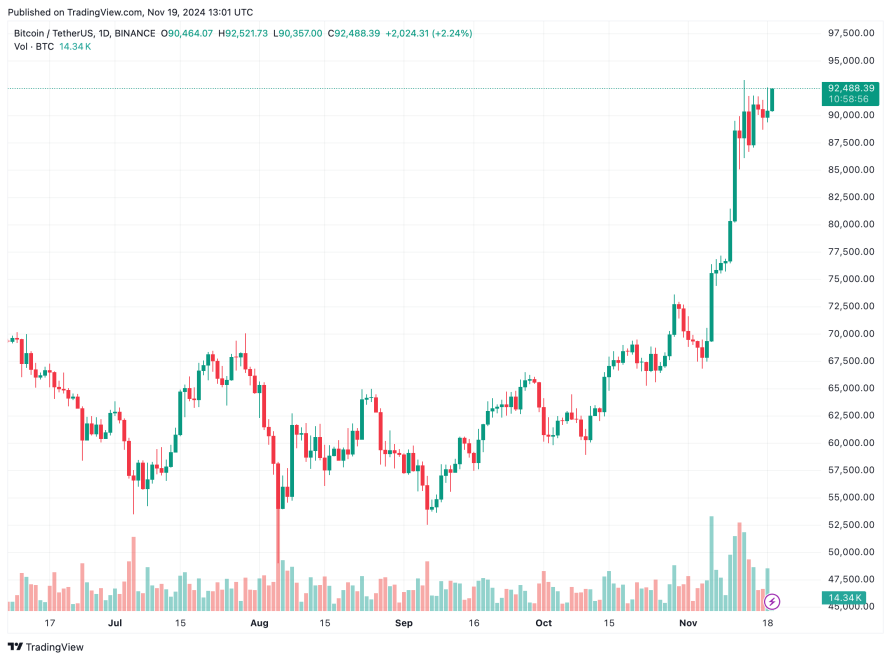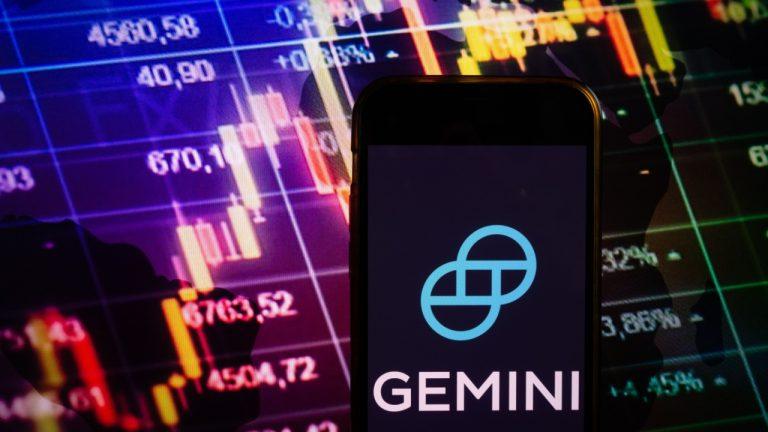 | The Cypherpunk movement does not have an exact date of birth. Its origins can be traced back to the mid-1970s with the US government’s publication of the Data Encryption Standard (DES) and Martin Hellman and Whitfield Diffie's pioneering study on public-key encryption. Before this, cryptography as a technological field was extremely niche. It was only used by the military and intelligence agencies, and a huge amount of work in the field was classified. In 1992, three friends Eric Hughes, Timothy May, and John Gilmore, convened for a meeting that would eventually give rise to the cypherpunk movement. The idea would be to try and create a digital version of cash, which like email, can be sent and received between people worldwide, without the need of any intermediaries. I have been in cypherpunk movement for a while. Many Cypherpunks as we know, have evolved over time, some stuck to mathematical principles (e.g. key cryptographers like Hal Finney, John McAfee, and others like, Roger Ver) whereas, other well respected OGs were driven by human psychology (Max Keiser, etc.). I want to, for the first time help viewers understand the true Cypherpunk movement and the human psychology at play, with Cryptocurrencies. I will let the data speak for itself, and you could be the judge. Nothing is made up and I will only give a projection of where we are heading, into the future. BitcoinBitcoin was presented to the world by Satoshi Nakamoto in the year 2009. It was initially only (gaming like) token. Its real-world value ($0.008) was only derived on exchanges in early 2010. Until the year 2012, it remained a true cypher-punk movement, where it was a peer-to-peer electronic cash, 0 fees, and people used it in droves. People were excited to see a new digital era emerging, it was gifted around for people to use, many were involved in Bitcoin mining, minting tokens, and it was the true belief that it was border less, censorship resistant cash, and it can never be traced. People knew this was the solution to the tyrannical government and financial breakdown of 2008. It was a true digital cash, no doubt - it was. 2009 - 2011 It was designed with the following goals in mind (in Cyperpunk movement):
2011-2014 By the year 2014, Bitcoin had already seen a run-up of 1,000x gains (graph shows this later), and a lot events happened between 2012 - 2014. Silk Road was busted, Mt. Gox got hacked, Blockchain analytics firms started showing up. The Bitcoin dominance was at 100%, while other altcoins (such as Ripple & Litecoin) existed. 2014-2022 As the scarcity of bitcoin kept dropping with 4-year-halvenings, the numbers kept going up, bitcoin became more mainstream, the theme around it started getting changed to HODL HODL, instead of being promoted as a peer-to-peer digital cash. The fees started going up (from $0.001 once to $150 per transaction, a few years later) as more people started using it. Soon after, we would end up with Block size debate, intending to help accommodate more user transactions. But, once that proposal was rejected the new "Bitcoin Cash" chain was born. BlockSteam, a profit driven company (wanting to drive adoption of Bitcoin's Layer 2 (a layer on top of main bitcoin blockchain - today's lightning network), was being born. So, we understand - P2P Digital Cash (2011) -> HODL (2022) Nothing wrong with HODLing, it is after all human psychology, and most of us HODL. After all, we never know how something as new as a digital currency will play out in future, right? But something went wrong with the "Core principles on which bitcoin was built". A currency needs to adapt with growing technology or it risks to perish over time. Today, there are 10,000+ currencies, with Bitcoin dropping its market dominance to 38%. Today's version of it is very different:
Critical AnalysisIf you have followed me word to word, thus far. Then, I have some data to present. I had recently downloaded the blockchain data from Bitcoin, Ethereum (not interesting enough) and Monero, to understand the Cypherpunk movement and human psychology at play. Without further ado, feel free to analyze the data yourself, I will leave the reference (BTC, XMR data). As we see below, there was a drive of Bitcoin being used as Digital peer-to-peer cash between 2009 - 2011, after which it started slowly but surely, go towards the HODL transformation. Bitcoin transactions over time MoneroMonero was born in the year 2014, with a coded-from-scratch ideology, that adopted CryptoNote protocol. Just like Satoshi Nakamoto, nothing is known about the original author of CryptoNote, "Nicolas van Saberhagen.". Some speculators say, it was Satoshi himself in disguise, as Satoshi himself envisaged in 2010, the concepts Monero is built on. CryptoNote is an application layer protocol designed for use with cryptocurrencies that aims to solve specific challenges identified in Bitcoin, mainly:
Monero, was a movement born out of advanced Cypherpunk, true peer-to-peer digital cash that is:
Monero, has seen a tripling in transactions, in any consecutive 2-year period, horizon. As its development fast pace in 2022, its transaction count and trust only seem to trend upwards. This is in spite of the fact, that Monero as a currency, has been forbidden to be purchased directly from fiat (only a matter of time, this is lifted) as Atomic Swaps have swung into existence. SummaryNo one will debate that Bitcoin is now a real store-of-value, and cannot easily go back to peer-to-peer cash (in spite of introduction of Lightneing network). It is now adopted by institutions,soon the governments and censorship is coming to us, people. If it can be intercepted then it cannot be transacted with. Monero, on the other hand will increase its use-case as peer-to-peer cash whether we like it or not. Irrespective of it being a store-of-value or not, in future. It addresses in its code-base, true advanced Cryptography (literally, way more advanced than that of Bitcoin). If you want to make some money, you can break apart Monero and earn $625,000 bounty from the IRS. This is just to show everyone the mirror, on what the next few years will bring. Bitcoin - Store of value Monero - Peer-to-peer digital cash [link] [comments] |

You can get bonuses upto $100 FREE BONUS when you:
💰 Install these recommended apps:
💲 SocialGood - 100% Crypto Back on Everyday Shopping
💲 xPortal - The DeFi For The Next Billion
💲 CryptoTab Browser - Lightweight, fast, and ready to mine!
💰 Register on these recommended exchanges:
🟡 Binance🟡 Bitfinex🟡 Bitmart🟡 Bittrex🟡 Bitget
🟡 CoinEx🟡 Crypto.com🟡 Gate.io🟡 Huobi🟡 Kucoin.




















Comments